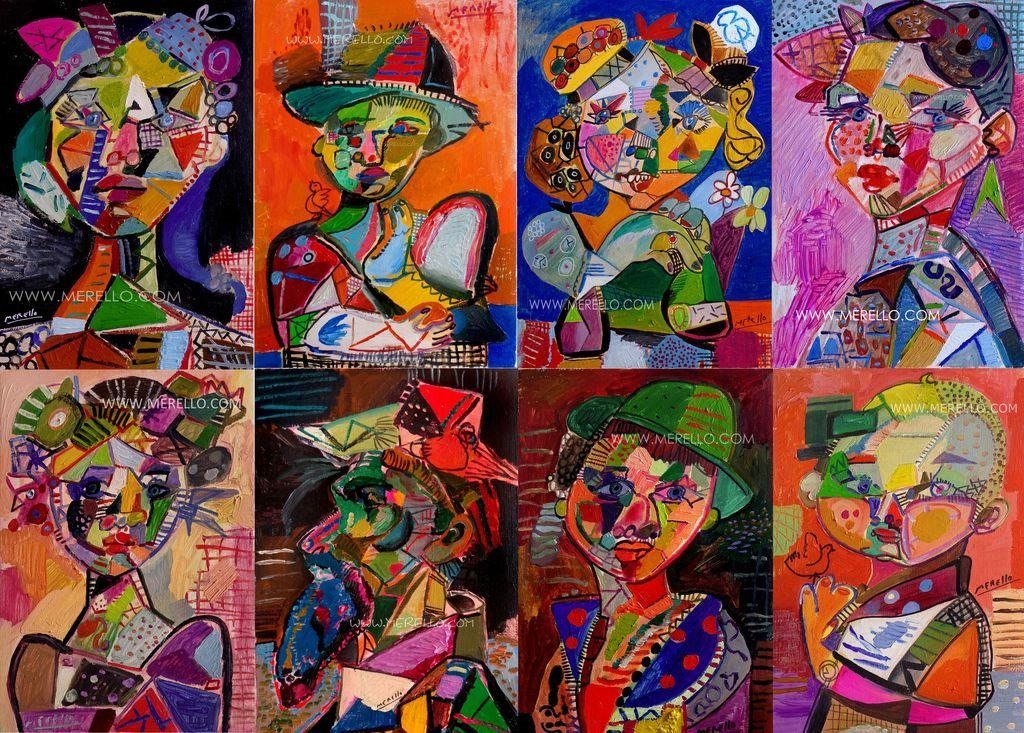
Hal Foster, The Return of the Real: The Avant-Garde at the End of the Century, Cambridge, MA, London, UK: MIT Press, 1996, 300 pp., ill. b. & w.

This collection of seven essays, none of which are reprints, charts the complex genealogy of the theory and practice of contemporary art in the United States over the last three decades. Crucial to Foster’s argument is recognizing traces of avant-garde practices in contemporary work in terms of aesthetic form and cultural-political strategies. An in-depth and detailed inquiry questions and supports the critical position of what Foster defines as two phases of neo-avantgarde artistic practice. Miminalism is defined as an important critical and transitional influence, and is the primary focus of the second essay. Because Minimalism challenged conditions of established perception, argues the author, an important critique of the social-space of art, its exhibition context and its commodity status were developed. But in tracing this legacy, Foster also recognizes that the influences of Minimalism are largely outside history, language and sexuality. These critical areas are connected by Foster to the “repetitions and ruptures” of the second phase of the neo-avantgarde. Perhaps most importantly, the essays examine how perception becomes reflexive under the influences of Minimalism and the art practices that followed. This approach is grounded, as the title suggests, in an often suppressed corporeality that is inseparable from social-spatial sites, both political, institutional and cultural. P. R. W.